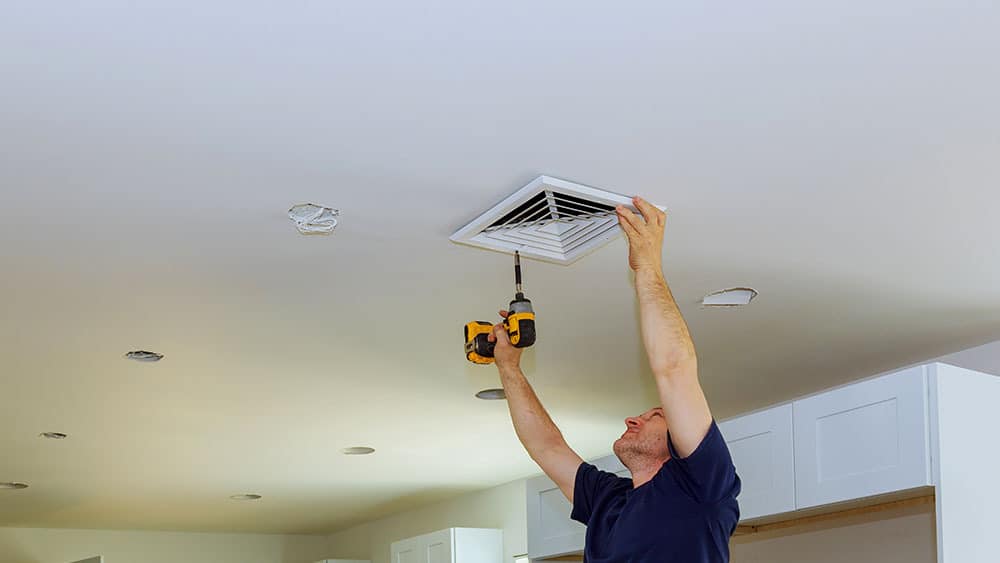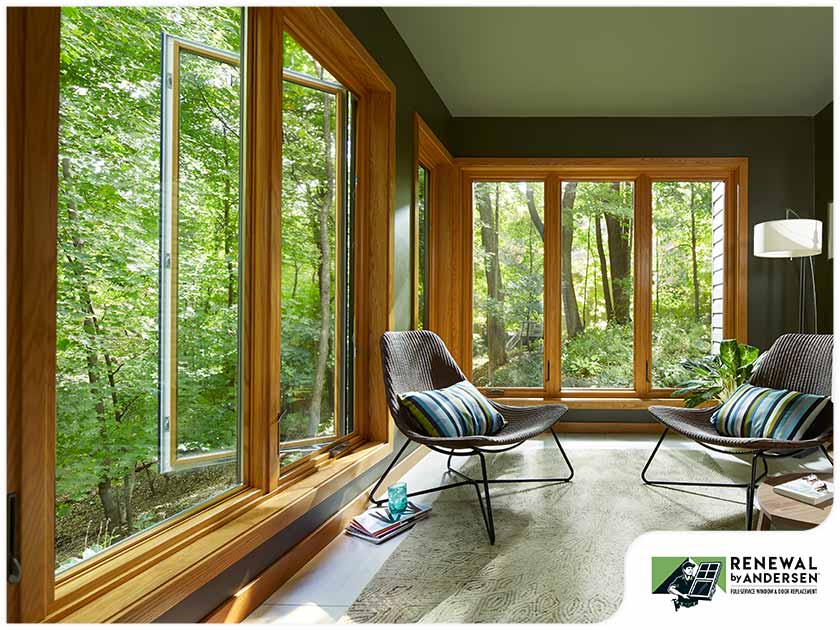Home Ventilation Melbourne: Best Practices for Year-Round Air Quality
Wiki Article
Comprehending the Significance of Home Air Flow for a Healthier Living Environment
Home air flow plays an important function in maintaining a healthy living atmosphere. It assists in the exchange of outside and indoor air, which is very important for enhancing air top quality. Without proper air flow, homes can become breeding grounds for irritants and contaminants. The effects of poor air circulation can be substantial. This raises the inquiry of how homeowners can effectively execute air flow techniques to guard their health and wellness and health. Recognizing these techniques is critical.
The Fundamentals of Home Ventilation
Home air flow serves as a necessary element of indoor air top quality and convenience. It includes the procedure of exchanging stagnant indoor air with fresh outdoor air, consequently reducing moisture and regulating temperature level. Proper air flow systems can consist of all-natural approaches, such as open home windows and vents, along with mechanical systems, such as exhaust fans and air exchangers. Efficient home ventilation helps avoid problems like indoor mold and mildew growth and the accumulation of harmful particles. It also boosts general power efficiency, as well-ventilated areas can preserve comfy temperatures with much less dependence on heating and cooling down systems. Understanding the fundamentals of home air flow is crucial for property owners looking for to produce a healthier living environment for themselves and their families.
Common Sources of Indoor Air Air Pollution

Many might not realize it, interior air pollution can originate from various sources within a family. Usual contributors include volatile natural substances (VOCs) produced from paints, solvents, and cleaning items. Household devices, such as gas cooktops and fire places, can launch harmful gases like carbon monoxide gas and nitrogen dioxide. Furthermore, mold and mildew flourish in moist areas, releasing spores that impact air quality. Pet dog dander, dust mites, and pollen can accumulate inside, additional exacerbating pollution degrees. Smoking inside creates hazardous chemicals that linger in the air. Finally, developing materials, including asbestos and formaldehyde, can off-gas unsafe compounds. Recognizing these resources is vital for maintaining a much healthier interior environment and promoting efficient air flow techniques.
Health Results of Poor Ventilation
Indoor air contamination can have significant health and wellness implications, specifically when ventilation is insufficient. Poor ventilation can bring about the build-up of damaging toxins, such as unpredictable natural compounds, mold and mildew, and particle matter. This accumulation might result in respiratory system problems, consisting of asthma, allergies, and persistent obstructive lung condition. Individuals may experience signs and symptoms like headaches, tiredness, and irritability of the eyes, nose, and throat. Prone populations, such as kids and the senior, go to higher risk for serious health results. Lasting exposure to improperly aerated atmospheres can likewise contribute to a lot more serious conditions, consisting of cardiovascular illness. As a result, making sure correct air flow is vital for preserving a healthy and balanced living setting and decreasing the threat of wellness issues related to interior air pollution.Reliable Ventilation Techniques for Your Home
Appropriate air flow is important for maintaining a healthy and balanced interior atmosphere, and carrying out efficient strategies can considerably enhance air top quality. Home owners can begin by ensuring that exhaust fans are set up in restrooms and kitchens to get rid of excess moisture and odors. Opening up windows frequently allows fresh air to flow, especially throughout mild climate. Furthermore, using air purifiers with HEPA filters can aid capture airborne pollutants. For homes with heating and cooling down systems, keeping HVAC systems and changing filters frequently is crucial for peak efficiency. Integrating all-natural ventilation techniques, such as cross-ventilation, can likewise boost airflow. Sealing any type of leaks in doors and home windows stops undesirable drafts, which can interrupt regulated airflow, ultimately leading to enhanced interior air high quality and convenience.Preserving Ideal Air Top Quality Year-Round
To preserve optimal air quality year-round, property owners must adopt a dig this positive method to managing their interior environment. Routinely checking indoor air quality is crucial; this consists of checking for toxins such as dirt, mold and mildew, and unpredictable organic substances (VOCs) Executing reliable ventilation systems, such as exhaust fans and air cleansers, can significantly reduce airborne pollutants. see this here In addition, routine maintenance of cooling and heating systems guarantees peak efficiency and air blood circulation. Property owners should likewise consider humidity levels, as too much dampness can lead to mold and mildew growth. Seasonal modifications may require adjustments in air flow techniques to suit differing exterior air high quality. By prioritizing these techniques, house owners can produce a healthier space, advertising overall wellness for all owners throughout the year.Regularly Asked Concerns
Just How Can I Inform if My Home Needs Better Air Flow?
To figure out if a home requires much better ventilation, one ought to observe indicators such as relentless moisture, mold and mildew development, stuffy smells, condensation on home windows, or enhanced allergic reaction symptoms, indicating insufficient air flow and potentially bad indoor air top quality.What Are the Signs of Poor Indoor Air Top Quality?

Can Houseplants Improve Indoor Air Top Quality Successfully?
The performance of houseplants in improving interior air high quality is disputed. While some research studies suggest they can take in toxic substances and produce oxygen, their general impact may be very little contrasted to appropriate ventilation and air filtration systems.Just how Often Should I Adjustment My Air Filters?
The regularity of air filter changes generally relies on usage and filter type. Typically, it is advised to change filters every 3 months, though families with animals or allergic reactions may need even more constant modifications for suitable efficiency.Exist Any Kind Of Particular Ventilation Solutions for Allergic Reaction Sufferers?
Several ventilation systems, such as HEPA-filtered systems, successfully minimize irritants in the air. Home Ventilation Melbourne. These systems catch pet dog, dust, and pollen dander, offering allergic reaction victims with a cleaner, much healthier interior atmosphere while taking care of air top quality this post efficiently
It promotes the exchange of interior and exterior air, which is crucial for boosting air high quality. Home air flow offers as an essential component of interior air quality and comfort. It includes the process of exchanging stagnant interior air with fresh outdoor air, therefore decreasing moisture and regulating temperature level. Indoor air contamination can have significant wellness ramifications, specifically when air flow is poor. Correct ventilation is necessary for maintaining a healthy and balanced interior atmosphere, and carrying out effective methods can substantially boost air quality.
Report this wiki page